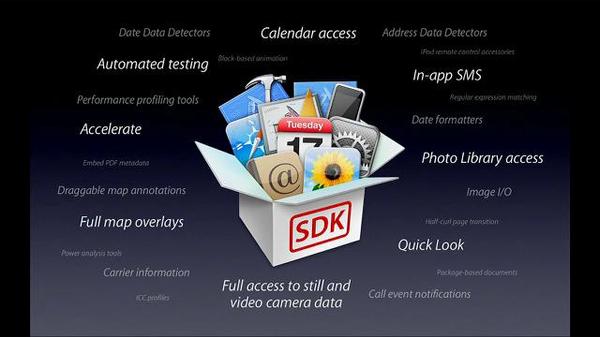With iOS 4 going live today expect to see a lot of iAds in apps in the coming days on the iPhone and iPod Touch. At the moment iLounge are reporting that apps from Avantar, who produce OneTap Movies and Yellow Pages, have placeholders for iAds showing up in them already…..
It may not be a big deal — Android’s done it for years — but some will no doubt be interested to learn that Apple can monitor your GPS. In the latest revision of its privacy policy, presumably updated for iOS 4, it revealed the company can anonymously track the “real-time geographic location” of devices and is free to share that data with “partners and licensees” as well. In a nutshell, that means Cupertino could potentially sell location data, but don’t get in a tiff just yet — the company says it will do so anonymously and for location-based services only.
Users looking to update their App Store applications for today’siOS 4 release have been greeted with a screen informing them of changes to the iTunes Store and conditions. While users are required to accept the changes before continuing, the summary of changes simply indicates that the company has made “material” changes to its privacy agreement.
iLounge dug into the changes and discovered that the updated terms relate to Apple’s iAd service, which aims to deliver a high-quality, interactive mobile advertising experience. Some of iAd’s appeal to advertisers is Apple’s ability to serve ads with a high degree of relevance to customers due to the company’s vast amount of information on each customer’s purchase and download history, but this ability also raises certain privacy issues, and the updated privacy terms explain Apple’s data collection and offers users a means to opt out of the collection.
Speaking of sales and personally identifiable data, another addition to iOS 4 is the ad network iAd, which monitors your browsing habits and interests and serves up targeted advertisements respectively. According to the updated privacy policy, however, you don’t need to let the OS do that.
Resources :engadget.com,macrumors.com



